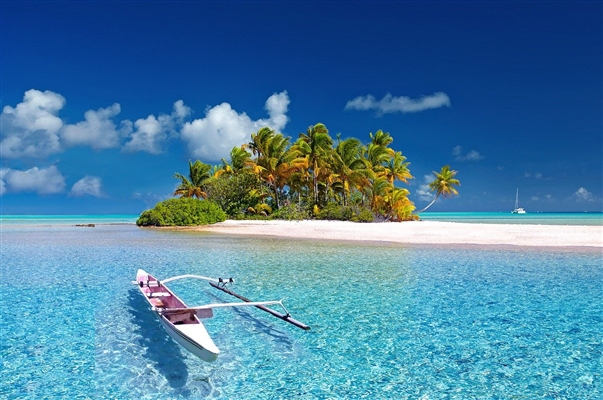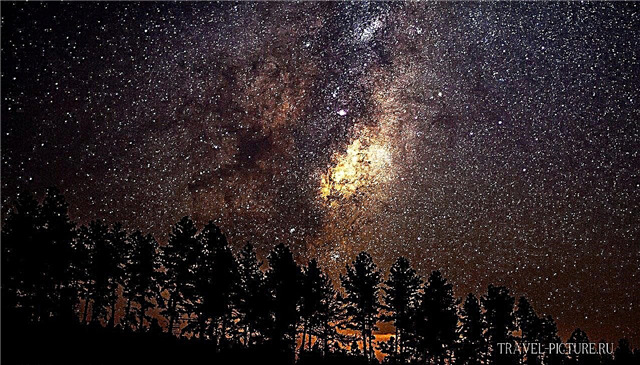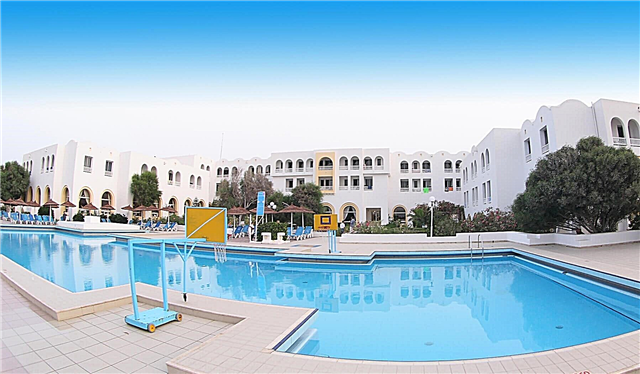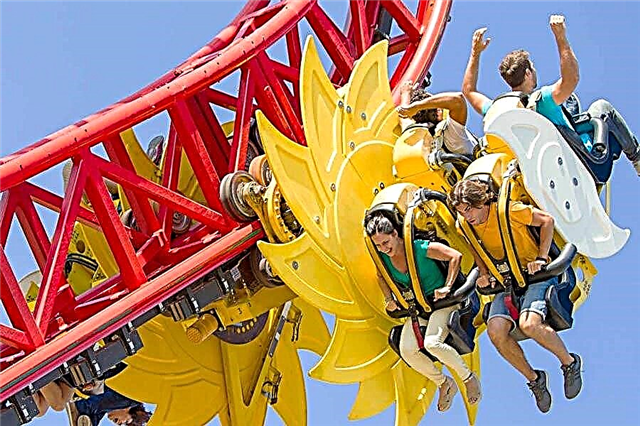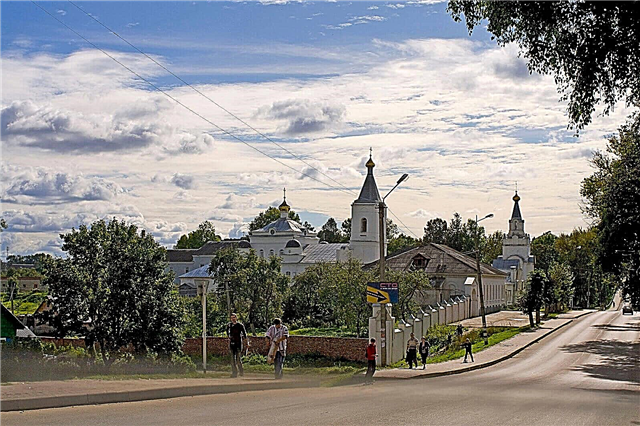The Smolensk region in the west of the European part of Russia was officially founded in 1937. Today, there are 15 cities and 10 urban-type settlements on its territory. The population of the region is 942 thousand people, of which 72% are urban residents. The main industrial centers are Smolensk, Roslavl, Safonovo, Vyazma, Yartsevo. Mechanical engineering, light, chemical and food industries are developing.
Smolensk region is famous for its rich history and culture; on its territory there are more than 250 architectural monuments, more than 1000 historical and 570 archaeological monuments, dozens of museums. Many of them are located in Smolensk, because it is one of the most ancient cities in the state, known since the 9th century. The magnificent nature of the region can be observed on the territory of the Smolenskoe Priozerie and Gagarinsky parks.
The largest cities of the Smolensk region
List of the largest cities in terms of population in the region.
Smolensk
Located on the coast of the Dnieper. One of the oldest Russian cities, the first mentions date back to 862. In the Middle Ages, it was an important fortress on the western Russian border. Center of the Smolensk region since 1937. Has the status of a hero city. The fortress wall with towers, ancient churches and monasteries are of great historical value. In 18 km there is a museum complex on the territory of the former estate of patrons of the Tenishevs.
Population - 325,495 people (2020).

Vyazma
Located in the east of the region, on the Vyazma river. It was first mentioned in 1239. In the 19th century, gingerbread factories brought worldwide fame to the city. Large industrial center and transport hub. The main asset of Vyazma is ancient temples and monasteries. There are also many war memorials and monuments. Has the status of a city of military glory. The Khmelita museum complex, the noble estate of the Griboyedov family, is 33 km away.
Population - 52.5 thousand people.

Roslavl
Located on the banks of the Oster River. Leads history from the XII century. It was originally called Rostislavl. Included in the list of historic cities. Large railway junction. Among the industrial enterprises there are car repair, glass, auto-aggregate factories. There are many architectural monuments of the 18th-19th centuries in the city - estates, mansions, churches, monasteries. On Burtseva Gora there is a stone with a historical record of the foundation of the fortress in 1137.
Population - 50 thousand people.

Yartsevo
City on the river Vop. Grew up from the station settlement that arose in the 19th century. In 1926 it received the status of a city. The enterprises of the automobile, woodworking, textile industries, mechanical engineering, etc. operate in the city. There are many war memorials and monuments to famous historical figures in the city. Of interest are the preserved barracks and the tower of the Khludov paper-spinning factory of the 19th century.
Population - 44 thousand people.

Safonovo
A city on the Vopets river. In 1938, a workers' settlement was founded in the area of development of new brown coal deposits. Since 1952 it has been called a city. There are machine-building, instrument-making, chemical and food industries. Tourists are interested in the city museum of local lore, the former estate and one of the first experimental agricultural stations of A. N. Engelhardt in the village of Batishchevo.
Population - 42 thousand people.

Gagarin
Located in the valley of the Gzhat river. Founded in 1703 as a small pier. It was renamed in honor of Yu.A. Gagarin in 1968. Before that it was called Gzhatsk. Railway station. Tourists are attracted by a large museum complex dedicated to the first cosmonaut and consisting of several memorial buildings. The city has preserved the cathedral and churches of the XVIII-XIX centuries. In the vicinity is the former estate of the princes Golitsyn.
Population - 29 thousand people.

Desnogorsk
Located on the coast of the Desnogorsk reservoir, formed after the construction of a dam on the Desna. It was founded in 1974 as a village for power engineers during the construction of the Smolensk nuclear power plant. It received the status of a city in 1989. Notable objects include the Peaceful Atom monument, the Field of Remembrance with mass graves, the Mound of Glory and the Bread of Our Memory monuments, and several holy springs.
Population - 27.8 thousand people.

Dorogobuzh
Located on the banks of the Dnieper. Leads its history from the XII century. Dorogobuzhskaya GRES has been operating since 1957. The main attractions of the area are the Boldinsky Monastery, founded in 1528, the estate complex of the Baryshnikov merchants with parks and ponds. Also of interest is a modern art object in the form of a globe - the largest in Europe, and an international circuit for a circuit racing.
Population - 9800 people.

Rudnya
A city on the Malaya Berezina River, near the border with Belarus. It was first mentioned as the village of Rodnya in 1363. In the status of a city - since 1926. The center of the livestock district. There are enterprises for the processing of agricultural raw materials. Among the attractions - the historical museum, the monuments "Katyusha" and "Grieving mother" near the mass grave of shot Soviet citizens, the museum of M. Yegorov.
Population - 9500 people.

Yelnya
A city in the southeast of the region. Included in the list of cities of military glory. Several rivers originate here - Desna, Ugra, Uzha, Stryana. In the status of a city - since 1776. The building of the railway station and the water tower are among the architectural monuments of the 19th century. In the surrounding villages, the churches of the 18th century, as well as the museum-estate of M.I.Glinka are of interest. Fragments of an ancient settlement were found on the Desna coast.
Population - 9000 people.

Pochinok
Located on the Khmara River, on the outskirts of the Smolensk Upland. It was founded in 1868 as a small railway station on the Riga-Oryol road. Since 1926 - in the status of a city. Local attraction is the local history museum. Homeland of the poet A. T. Tvardovsky and the famous traveler N. M. Przhevalsky. In the village of Seltso there is a museum-estate of A. Tvardovsky. In other villages, temples of the 19th century have been preserved.
Population - 8500 people.

Sychevka
It is located in the northeast of the region, between the Losmina and Vazuza rivers. Leads history since 1488. Since 1776 it has been a county town. The pride of the Sychevsky region is the breed of cattle of the same name. City landmark - museum of local lore in a merchant's mansion. Several old churches, the noble estate of Dugino, the Akseninsky moss tract, declared a natural monument, are noteworthy in the vicinity.
Population - 8200 people.

Velizh
Located on the banks of the Western Dvina. The fortress on the site of the ancient settlement was founded in 1536. The status of the city was received in 1776. During the Second World War it was completely destroyed and rebuilt from scratch. Wood harvesting center. Local attractions include Lidova Gora with a war memorial, a museum of local lore, the Katyusha monument, and the Church of the Three Saints of 1869.
Population - 6800 people.

Demidov
It is located at the confluence of the Gobza and Kaspli rivers. Leads history since 1499. Until 1918 it was known as Porechye. Homeland of Yuri Nikulin. A monument was erected in his honor, as well as a manor museum. There are 3 churches in the city, built in 1851-1874. The Smolenskoe Poozerie park has been created in the vicinity. It includes dozens of archaeological and historical monuments, museums, including the house-museum of N. Przhevalsky.
Population - 6200 people.

Dukhovshchina
Small town on the Vostitsa river. It originates from the Dukhovskoy settlement, which arose around the nunnery in the 15th century. The status of the city was awarded in 1777. The timber industry is developing. 18 km from the city, in the village of Chizhovo, there was the Potemkin family estate. Another well-known native of Dukhovshchina is the explorer of Asia P.K. Kozlov. Churches built in the 18th-19th centuries have survived in several regional villages.
Population - 4100 people.




